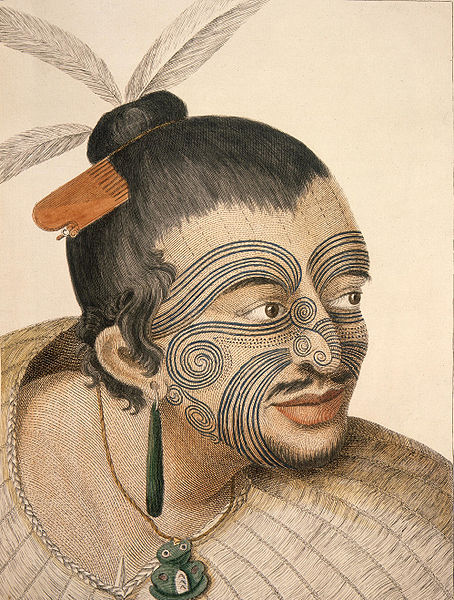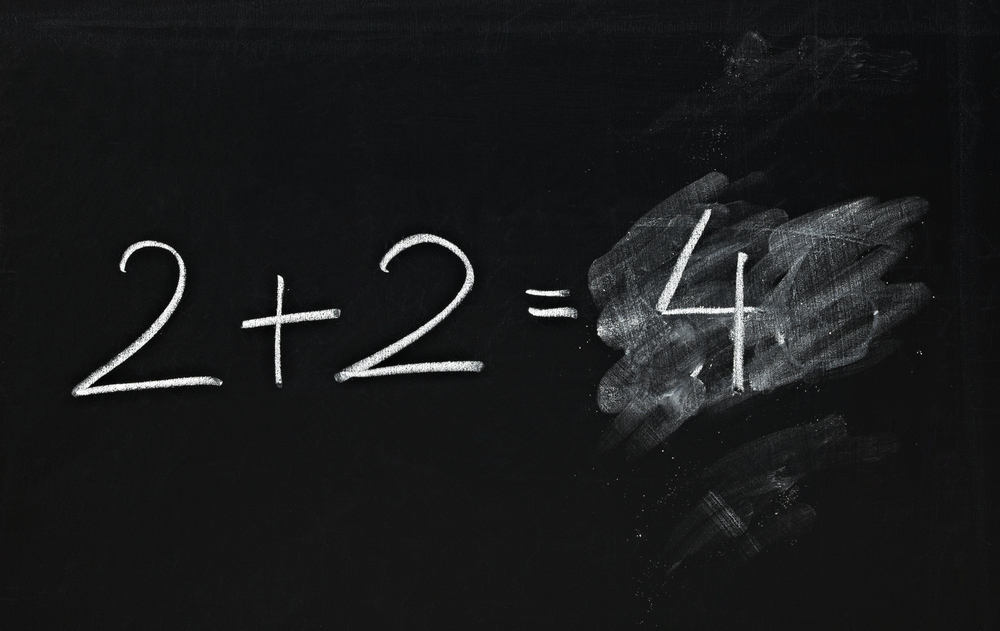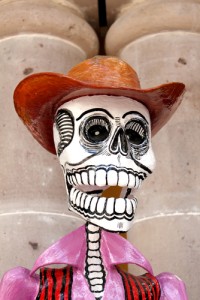A few years ago, when I was working in a somewhat gritty part of downtown Vancouver, I spotted a tough looking man with an unusual set of facial tattoos. On the right side of his face, someone had inked two or three teardrops falling from the corner of his eye. I wasn’t sure what these tattoos meant to him, but my instinctive reaction was to give the guy a wide berth. I had read somewhere that such crocodile tears were a criminal emblem, something to do with the number of people the tattoo wearer had murdered.
Over the past year, I have gotten to know someone with similar teardrop tattoos. The markings, to my surprise, had an innocent meaning, but they had played a tragic role in his life. B, as I will call him, is a Native American, a member of the Cherokee people. In his youth, B had lost in quick succession the two most important people in his life: his adopted father and his grandfather. He struggled with grief and wanted be reminded always of all they had meant to him. He chose to do so with two tattooed tear drops. A few years later, at the age of 23, B was arrested for a serious crime he says he did not commit: he was convicted, and at his sentencing the judge referred to his facial tattoos as a reason for doling out an especially harsh sentence.
After hearing B’s story, I began thinking and reading about tattoos and their meanings, particularly those tattoos favored by other cultures. Continue reading







